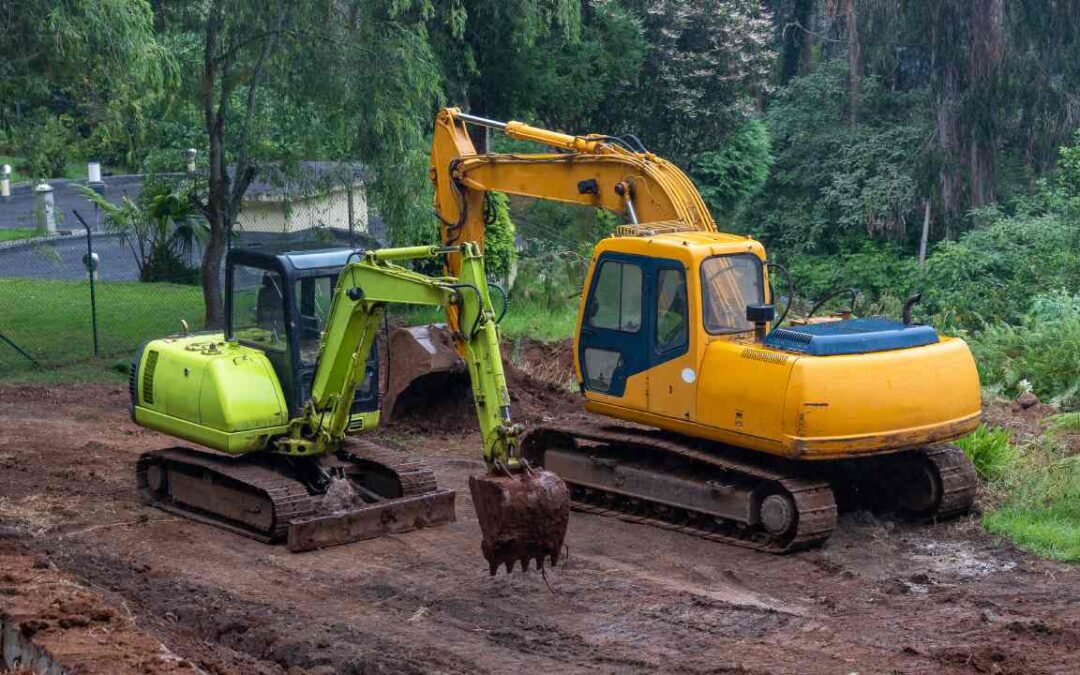Land clearing is a fundamental step in preparing a site for construction, agriculture or other land development projects. It involves removing trees, stumps, brush, stones and other obstacles from a site. However, this process can be complex and riddled with potential obstacles. Recognizing common mistakes and knowing how to avoid them can save time, resources, and prevent environmental damage. Here are six common land clearing mistakes and tips on how to avoid them:
1. Not Planning Properly
One of the biggest mistakes made during land clearing is not having a detailed plan. Proper planning involves understanding the scope of the project, the type of land being cleaned, and the ultimate goal of the cleanup process.
How to avoid it: Before you start, do extensive research and possibly consult with professionals. Creating a detailed plan that considers the size of the area, terrain, local regulations, and the best cleanup method can help streamline the process. In areas like Louisiana, exploring green options, such as using forest mulch, can also be part of effective planning.
2. Ignore Local Regulations And Permits
Many landowners underestimate the importance of local regulations and the need for permits when clearing land. This oversight can lead to legal issues, fines, and project delays.
How to avoid it: Always check with local authorities about necessary permits and regulations before beginning any cleanup project. This includes understanding restrictions on methods used for logging, such as the use of forest mulch in Louisiana, and ensuring that all activities meet local environmental protection standards..
3. Overlooking The Environmental Impact
Land clearing can have a significant impact on the local ecosystem, including wildlife habitats, soil stability, and water quality. Neglecting these environmental concerns can lead to erosion, biodiversity loss, and other long-term problems.
How to avoid it: Opt for environmentally friendly cleaning methods that minimize damage to the surrounding ecosystem. For example, forest mulching in Louisiana is a method that cuts, grinds and spreads vegetation as mulch, which can help control erosion and improve soil health. Additionally, consider working with environmental consultants to mitigate the impact.
4. Choosing The Wrong Team
Selecting inappropriate or obsolete equipment for land clearing can increase project time and costs, while increasing the risk of accidents.
How to avoid it: Carefully evaluate the needs of the project and select equipment that suits the terrain and type of vegetation being cleared. For many projects, especially those aiming for minimal environmental impact, forestry mulching equipment can be a versatile and effective option.


